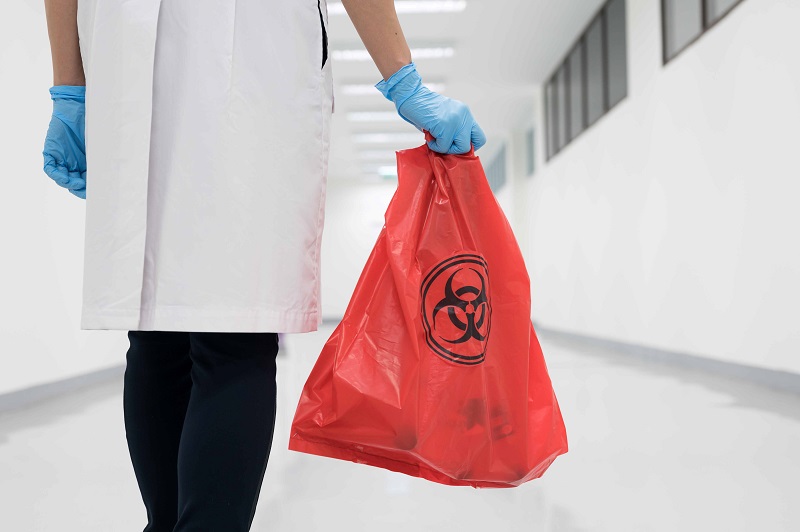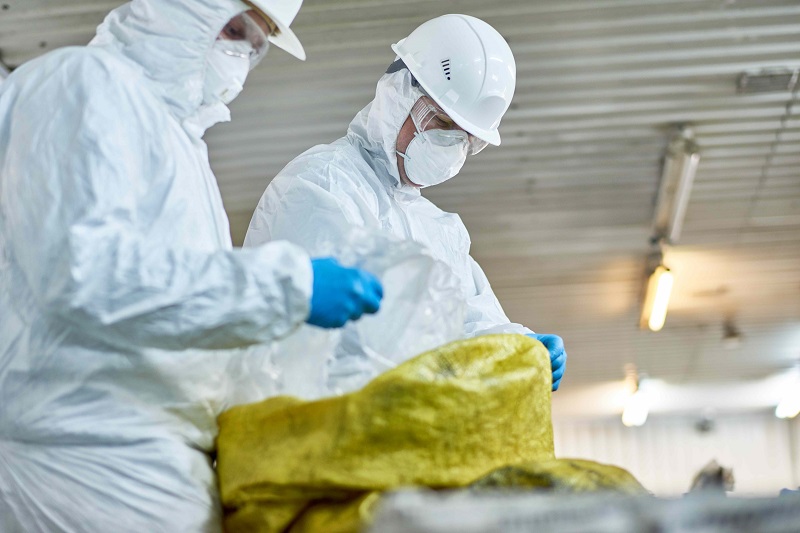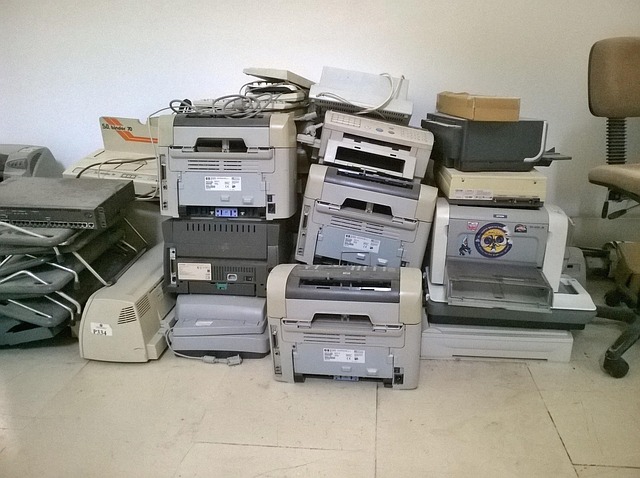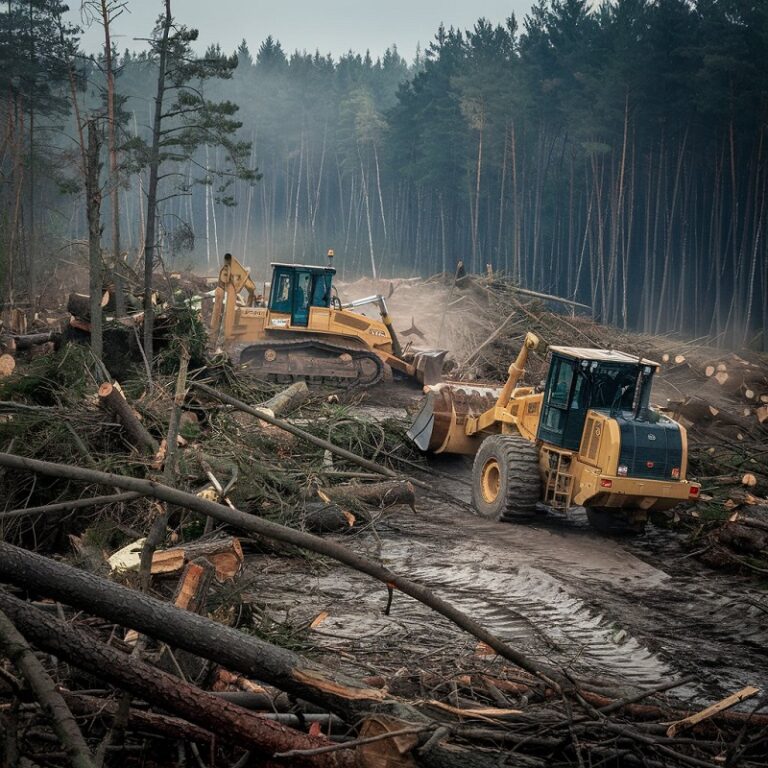Improper biohazard disposal might seem like someone else’s problem, but its effects ripple far beyond the trash can. From contaminating water and polluting air to spreading diseases and harming wildlife, the consequences are more serious than you’d guess.
Whether you’re a hospital worker, a parent managing prescriptions, or just someone who cares about the planet, understanding these hidden impacts is key. Here are a few that you should know
Contamination of Water Sources
Think about this: A hospital dumps its used hypodermic needles and hazardous waste in a landfill without proper treatment. Over time, rainwater washes through that landfill. It picks up chemicals, bacteria, and viruses from the waste. Where does all that go? Into nearby rivers, lakes, or even groundwater.
And it’s not just humans who suffer. Fish and other aquatic animals exposed to these toxins often die off or develop mutations. This disrupts entire ecosystems. In some parts of India, for example, untreated medical waste has been dumped near rivers. The result? High levels of mercury and antibiotics found in fish downstream. People eating those fish risk antibiotic resistance or poisoning.
What can you do about it? If you work in healthcare, ensure your facility follows strict waste segregation rules. For regular folks, never flush medications down the toilet. Many pharmacies offer take-back programs for old prescriptions.
Air Pollution from Incineration
When biohazardous waste gets burned improperly, it releases chemicals into the atmosphere. Think dioxins, heavy metals, and fine particles. These infectious waste stick around for years and travel far beyond where they were created.
Take dioxins, for instance. They’re highly toxic compounds formed during incineration. Once released, they settle on soil and plants, entering the food chain. Animals eat contaminated plants; humans eat the animals. That’s how dioxins end up in the human body.
Heavy metals like mercury are another concern. Mercury vaporized during incineration can travel thousands of miles before settling back to Earth. From there, it enters waterways, turning into methylmercury—a form especially dangerous to pregnant women and children.
Also, burning plastic materials (common in medical waste) produces carbon dioxide. This contributes to climate change. So, while incineration might seem convenient, it comes with serious environmental costs.
To fix this, use incinerators equipped with filters to capture most harmful emissions. Even better, consider involving sustainable biohazard disposal experts or any other pros you’re familiar with and let them take care of the chemical waste for you. These experts can ensure that your medical waste is disposed in compliance with relevant guidelines, protecting not just your facility but also taking care of the environment while at it.
Soil Degradation
Decomposing organic matter in pharmaceutical waste produces leachate. This leachate seeps into the ground, contaminating the soil beneath. Chemicals like formaldehyde, phenols, and pesticides commonly found in medical waste make the soil toxic.
Why does this matter? Because plants growing in contaminated soil absorb those toxins. If you eat fruits or vegetables grown in such soil, you could ingest harmful chemicals too. Farmers dealing with degraded land face lower yields and higher costs trying to restore fertility.
Preventing soil degradation starts with proper waste disposal methods. Hospitals and clinics should use designated waste treatment facilities instead of dumping waste in open areas.
As an individual, you can support sustainable agriculture practices that avoid using contaminated soil. If you compost at home, remember to exclude any potentially hazardous items. Even something as seemingly harmless as expired medication shouldn’t go in your compost pile.
Impact on Biodiversity
Biohazardous waste harms plants, animals, and microorganisms in ways that ripple throughout entire ecosystems. Take pharmaceutical waste, for example. Drugs flushed down drains eventually reach rivers and oceans. Fish exposed to antidepressants may exhibit behavioral changes, making them easier prey. Antibiotics in waterways kill beneficial bacteria, disrupting nutrient cycles.
Plastic waste from medical packaging poses another threat. Marine animals mistake small pieces of plastic for food. Swallowing these fragments leads to internal injuries or starvation. On land, birds feeding on contaminated soil pass toxins up the food chain.
Microbes play a critical role in breaking down organic material and recycling nutrients. When exposed to toxic chemicals, their populations decline. This slows decomposition processes and reduces soil quality.
Protecting biodiversity requires collective effort. Industries producing biohazardous waste must adopt greener manufacturing processes. Consumers can choose products with minimal packaging and recycle whenever possible. Even small actions help. Avoid littering, especially near natural habitats. Support organizations working to preserve endangered species affected by pollution.
Wrapping Up
So, there you have it: improper biohazard disposal harms water, soil, air, biodiversity, and even spreads diseases. However, the good news is that small actions make a big difference. Segregate biomedical waste properly, use take-back programs for meds, and support greener practices. Advocate for stricter regulations in your community. Remember, every safe disposal choice protects not just you but also animals, plants, and future generations.





